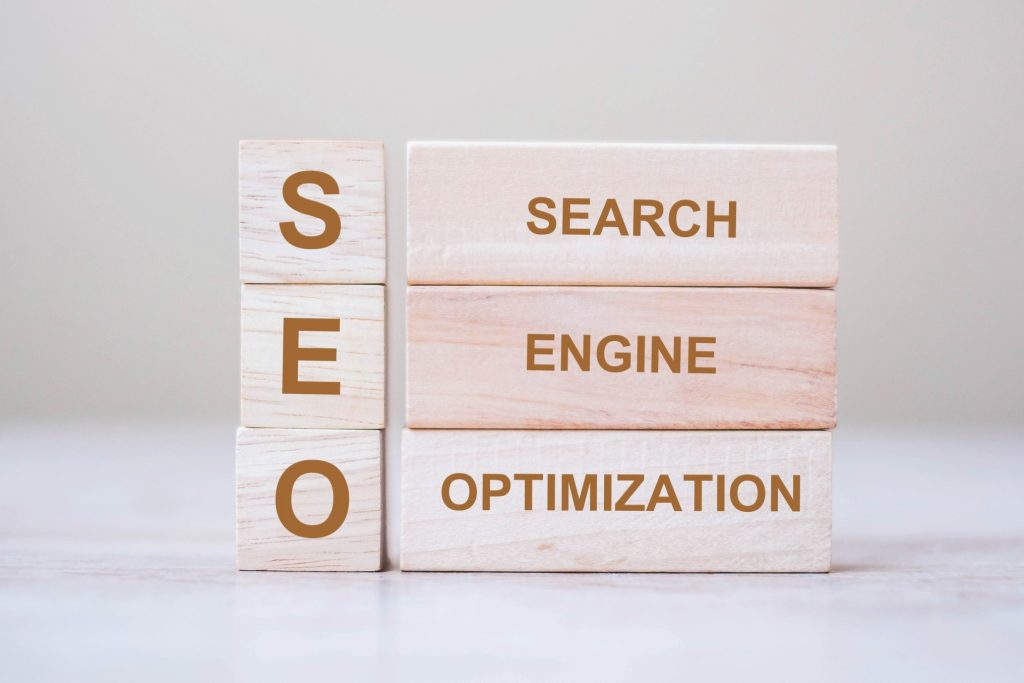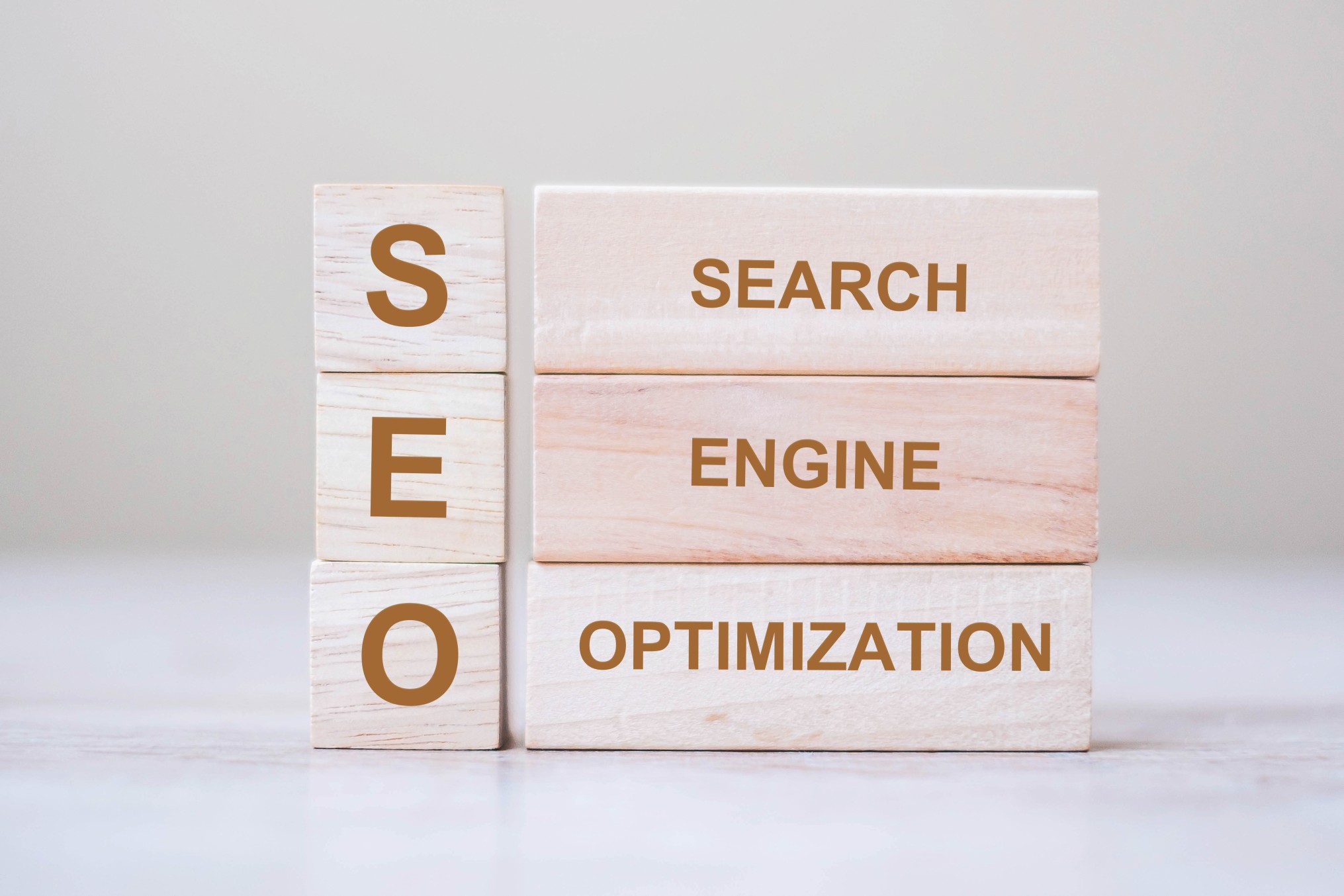Ranking high on search engine results has become one of the best ways to get a large traffic volume to your website. But the competition is fierce, and you need a solid SEO strategy to get to the top. Here are ten critical components to include in your winning plan of action.

Whether you run an eCommerce shop, write articles at the space news magazine or promote your beauty salon, most of your fans will probably find you via Google search. Or, they will never reach you if you haven’t taken care of your search engine optimization. Because here’s the thing: people rarely go past the first page of search results, and mostly only click on the first three sites.
So that’s where you want your name to be: among the top three names that come up when typing relevant keywords into the search bar. But to achieve that goal is not an easy task. It is possible only with a solid SEO strategy plan that can guide you through the ever-changing world of optimizing a website. And here are the ten critical components you should definitely include in this winning SEO plan:
1. It All Starts With the Keywords
The central element of every SEO content strategy is the keywords people type into the search bar that lead them to you. Knowing these keywords allows you to embed them in your content and drive traffic to your website. Here’s how to find the keywords that might work for you:
- Brainstorm and write out all the possible keywords people might use to find products like yours.
- Use the Google AdWords Keyword Tool to see which keywords your competitors are using.
- One-word keywords have a lot of competition. So you might want to go with a long-tail SEO strategy. Longer keywords have less competition and are more accurate to what your potential customers are looking for.
2. Go Deeper Into Competitor Research
If you want your local SEO strategy to be successful, you need to beat your competitors. And after putting together a list of companies you need to surpass, try to estimate their search traffic value, domain authority, inbound links, monthly search traffic,etc. That requires more powerful tools than Google AdWords. Ahrefs, OpenSiteExplorer, and SpyFu are some of the best software for the job. They’ll also enable you to put all the collected data in a chart that shows you visually the points where your competitors are ahead of you. It gives you a clear view of which areas in your business need the most improvement.
3. Meta tags – a Vital Part of a Solid SEO Strategy
Meta tags are still crucial to your SEO content marketing strategy. These tags are the keywords in the head section and description of your page. So why are they so important? Because Google takes the fact of a keyword being in the page title as a sign of relevancy. And relevant keywords inform the search engine about the content of your site. Then, based on that information, Google determines which keywords your business will rank for.
4. Quality Content Comes First
It’s not the old days anymore where you could stuff your text seamlessly with keywords and hope for a high ranking that way. In 2021 your SEO content marketing strategy should focus on creating memorable user experiences. Google ranks higher the sites that provide valuable educating content. So don’t get too hung up on placing all the keywords in your texts. Instead, write articles that establish you as a knowledgeable authority in your niche. More traffic to your website and more sales will follow.

5. Backlinks Building
An SEO campaign strategy should also forge connections with other websites via backlink building. But here’s what you need to keep in mind in 2021:
- You can’t spam with your links anymore. They need to come from authoritative sources. Frequent low-quality links can seriously damage your search engine rankings.
- Many backlinks from different quality websites linking to your page are a sign to Google that your content is valuable to readers. And Google rewards that by giving your page a higher ranking.
So how do you get quality backlinks? The answer is obvious: write so good content that other sites are eager to link to it or use Automatic Backlinks to get quality authoritative backlinks now. You can set requirements to majestic rank, topic, language and many other factors to get the backlinks you need.
6. Social media
A lot has changed in Google algorithms since social media became an integral part of our everyday lives. Google now counts your site more authoritative if it has a solid presence on Facebook, Instagram, Twitter, etc. That means your company’s actions on social media and SEO strategy should go hand in hand. Growing your influence and gathering followers across social media will get you higher in the search engine rankings.
7. Product images – Yes, You Can Optimize Them Also
Advice on an SEO strategy for a website usually involves talking about keywords and placing them in your texts. But guess what? The images play a vital role also. That’s because people are often looking for products via the “image” search. It’s a route that drives plenty of traffic to your website because your people can click on the image and land in your store. And here’s how to optimize your images:
- Keep the names for your images descriptive but as simple as possible.
- Make your image file sizes smaller so that it wouldn’t take a long time to load them.
- Choose a file type that provides good image quality. GIFs are always a good choice.
- Make your thumbnails as small as possible without compromising image quality. Again, the reason being that smaller files make the pages load faster.
- Keep your decorative images at a minimum, or even better, don’t use them. Backgrounds, borders, buttons, etc.,slow down the webpage and make people navigate away from you.
8. Crawling
Google crawls your page and indexes it in search results based on what it finds. However, sometimes a website gets blocked from Google search. When that happens, you can go to the Google search console and open the robots.txt file. It shows you which of your site’s resources are blocked.
9. On-Page Optimization
On-page elements like URLs, ALT tags, page title lengths, header tags, etc., should be on all of your pages. They make the website fully optimized. To discover the pages with missing elements, use software like SerpClix or Screaming Frog.

10. Keep Your Site Design and Architecture Enjoyable
Like we’ve already mentioned, Google loves sites that prioritize their user experience. So a crucial part of any global SEO strategy should be making sure your site is easy to navigate, mobile-friendly, etc.
To get ideas on what to improve, you can send out quick surveys to your customers asking about their satisfaction with your site. Maybe some of your pages load too long, or your navigation menu is cluttered.
All these issues are easy to fix once you’ve identified them. And since mobile-friendliness has recently become a vital factor in getting high Google rankings, make sure your site passes Google’s mobile-friendliness test.
Conclusion
So this was our list of ten critical components of a solid SEO strategy. Use the tips from this article to rank higher on Google, increase the flow of organic traffic to your site, and make sales. It’s all up to you.
What are some SEO strategy examples that have worked wonderfully for your organization? Share your advice in the comments section.
Author’s Bio:
Emily Moore is an English & programming teacher with a passion for space and blogging. She believes that current exploration should be focused on preserving our planet’s resources. With satellites circling the orbit, it is easier to get relevant data on any environmental changes. This, in turn, should help people quickly address any challenges.


